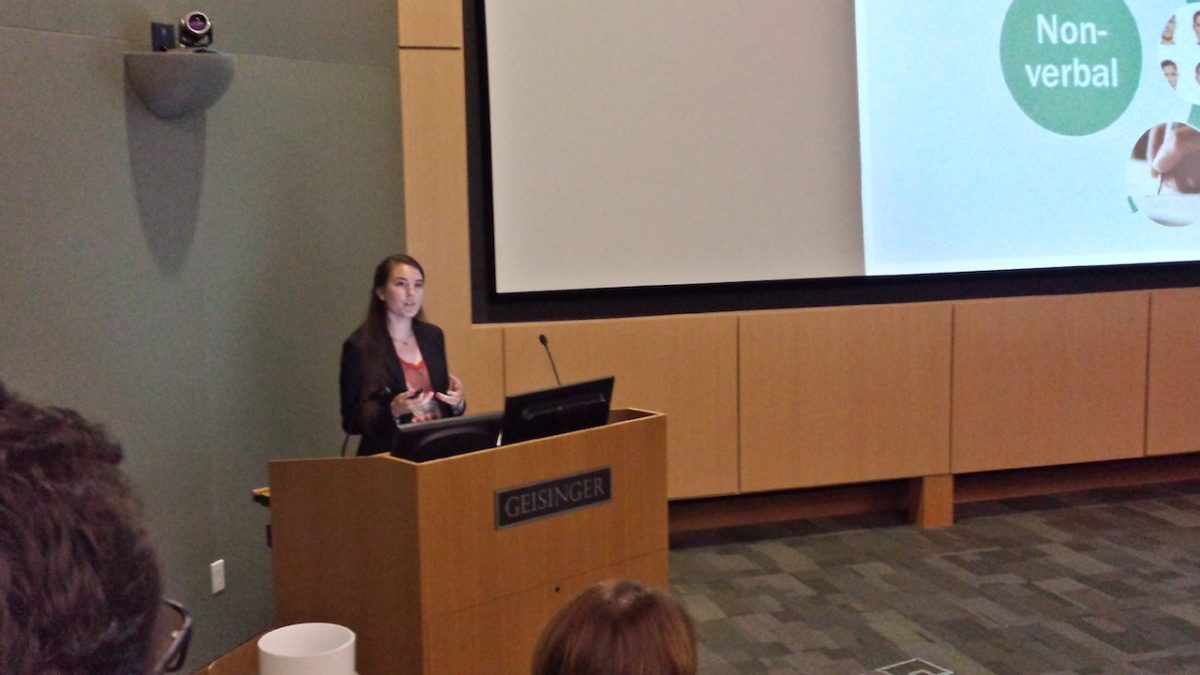Project: Using Deep Learning to Automatically Learn Feature Representation and Build a Better Classification Model on Protein Sequential Data
Started: Summer 2015
Funding: Bucknell University PUR
ABSTRACT
In theory, deep learning is not new. However, it has recently become one of the most exciting directions that machine learning has witnessed in years. It has had a tremendous impact on image classification. However, there are very few methods that have investigated its use on strictly sequential data, such as those found in biological sequences. This study will aim to investigate the use of deep learning to induce a protein sequence classifier that can outperform existing methods.
ACHIEVEMENTS
- Poster Presentation – Sigma Xi 2015 Summer Research Symposium
- Poster Presentation – Fifth Annual Susquehanna Valley Undergraduate Research Symposium, SVURS 2015, August 4, Bucknell University, Lewisburg, PA
- Poster Presentation – Presented at 15th Annual Kalman Research Symposium, April 2, 2016, Bucknell University, Lewisburg, PA
POST GRADUATION UPDATES
Son graduated with his degrees in Computer Science and Engineering, together with Digital Studio Arts. He went on to work for Amazon as an Software Engineering Intern, then took a position at Google working with machine learning. Son graduated with the aim of going back to graduate school in 1-2 years.

